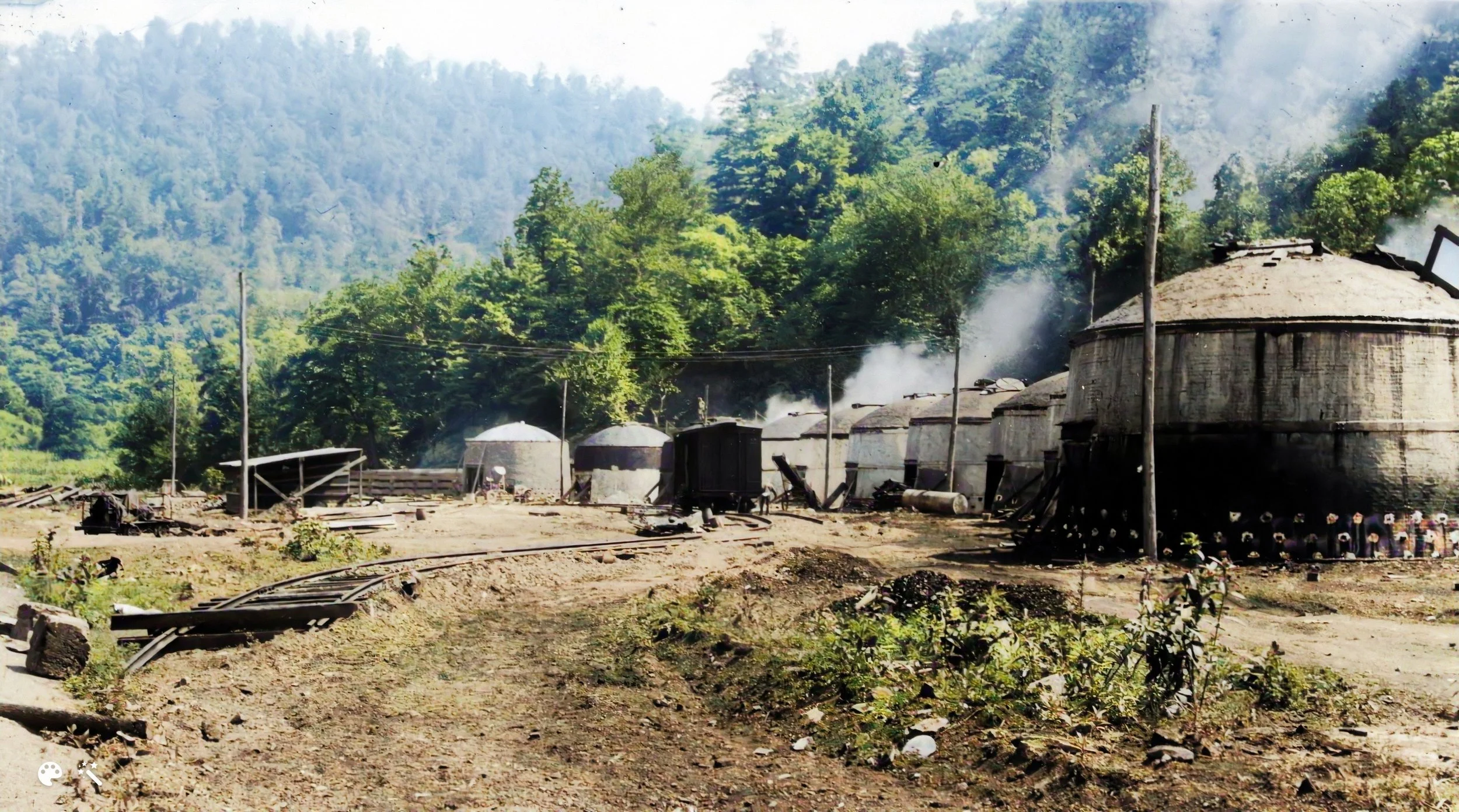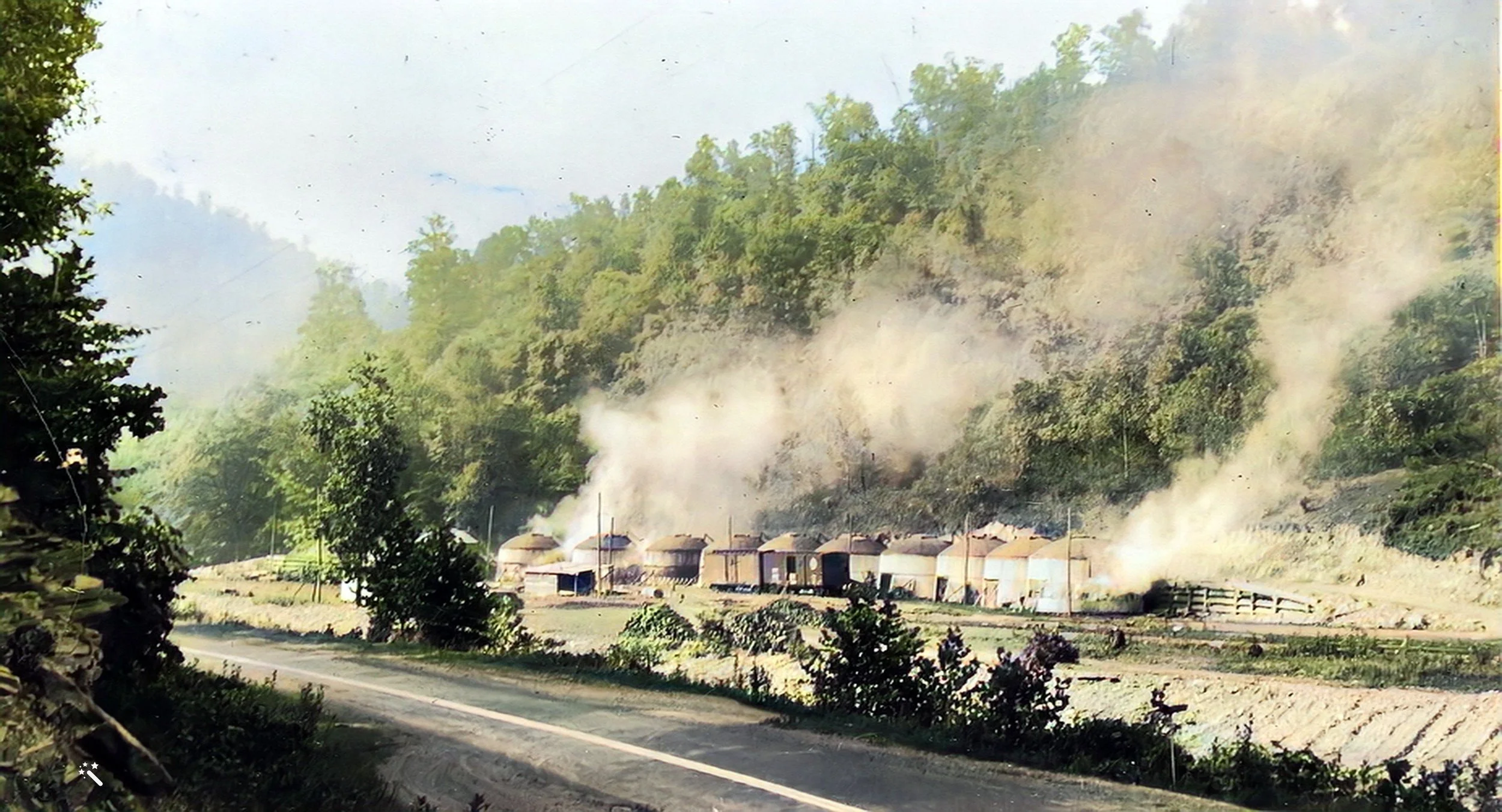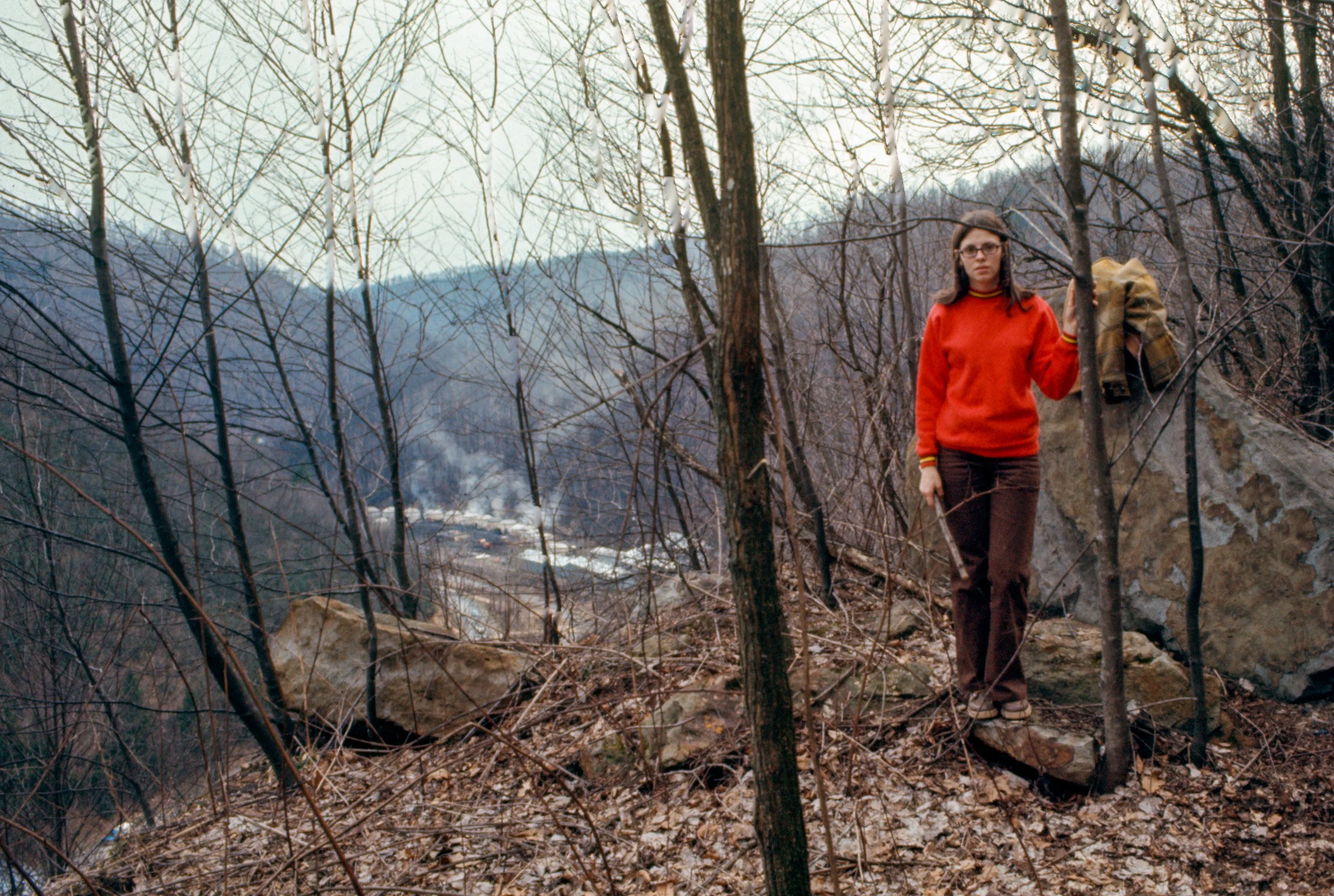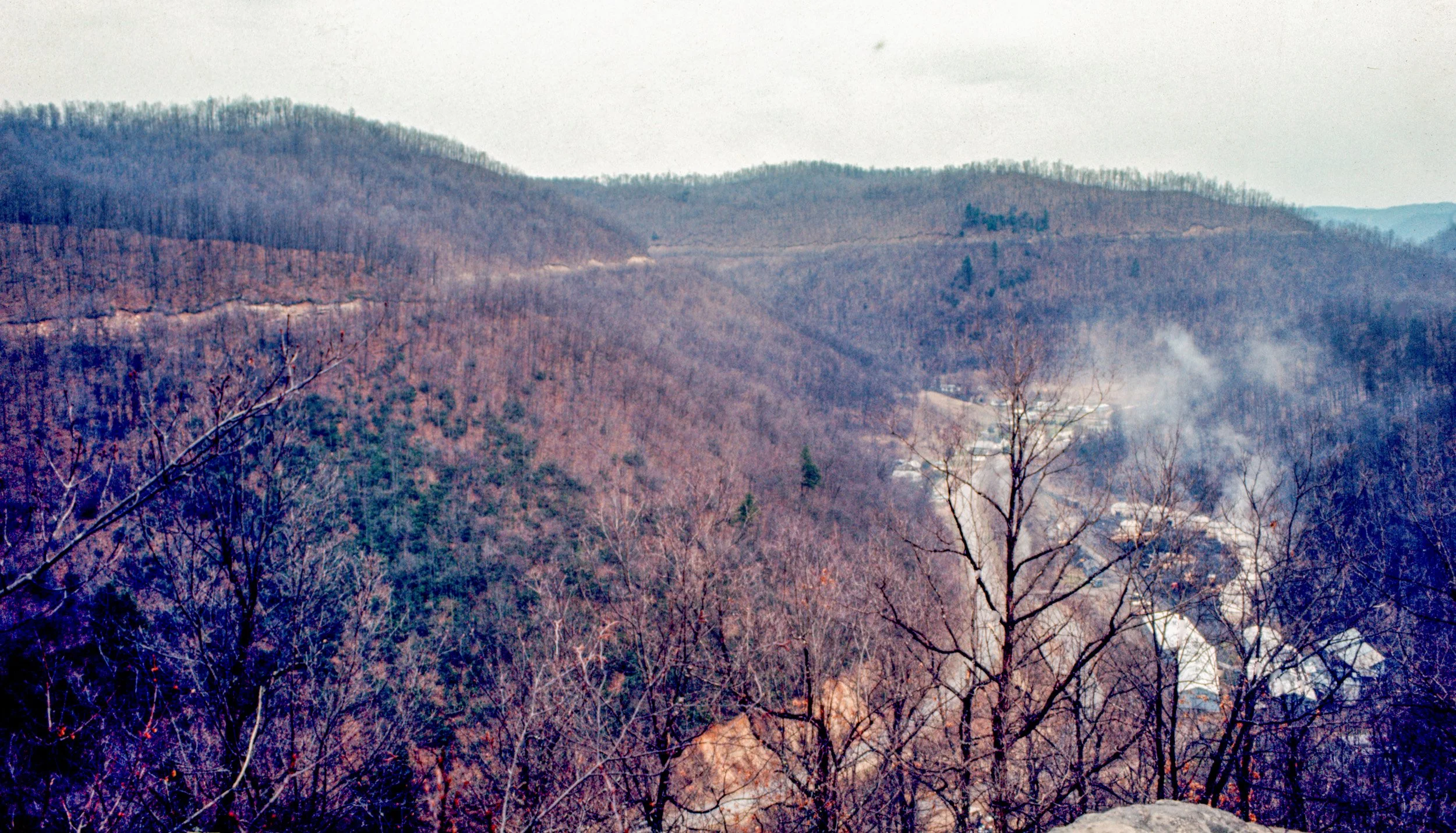The timber industry in West Virginia generated a tremendous amount of “waste” in the form of smaller hardwood trees and branches. One company that capitalized on this abundant offal was Kingsford.
Kingsford started in 1919 when Edward G. Kingsford helped Henry Ford procure a stretch of timberland to supply wood for his auto plants. Mr. Ford wondered if all the wood waste generated by his sawmill and plants could be put to better use, and found his answer in a new process for pressing blocks of reconstituted char. While the innovative charcoal briquet was initially marketed under Ford’s own brand, it was eventually renamed Kingsford® Charcoal in Edward’s honor.
Today, Kingsford (owned by the Clorox Company) converts more than one million tons of wood waste into charcoal briquets every year, making Kingsford the leading manufacturer of charcoal in the United States, with 80% market share. Charcoal has many other uses, as demonstrated by the accompanying graphic.
Charcoal Plant in Bentree
Kingsford had a rather large production facility in Bentree. The first group of photos were taken about 1942 (source unknown). I am not sure when the operation actually started or when production ended. It was still in operation in April, 1972, when I took the other photos from the mountainside. The strip mine roads are prominent in these photos. Fifty years can make a big difference—they are hardly visible today.
In the 1950’s and 1960’s, I remember the occasional days when the smoke from the kilns would drift up the valley and invade our air space. One would either stay indoors or leave the area. I suppose you could say charcoal production was both a blessing and a curse.
As a side note, Hollie said that Phyllis worked in their office in the early 1940’s.














